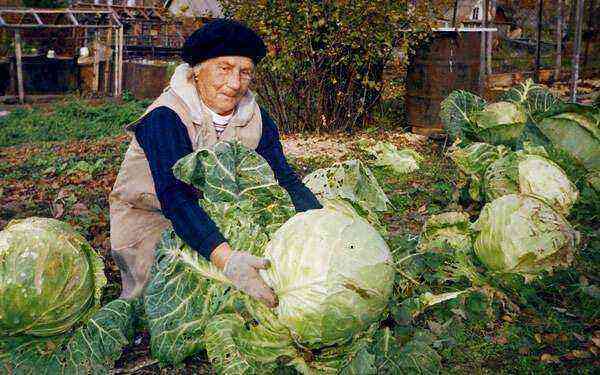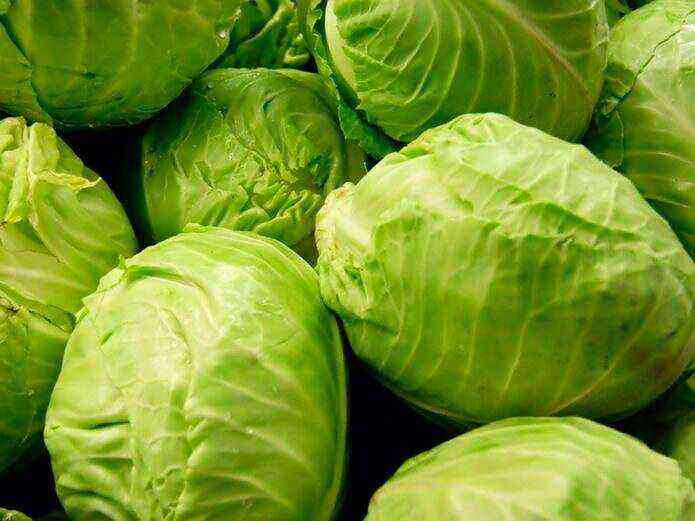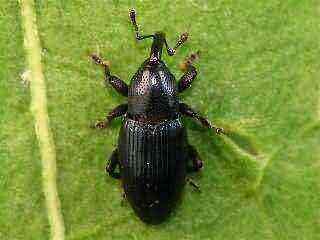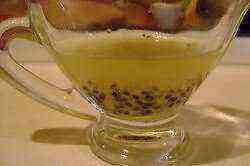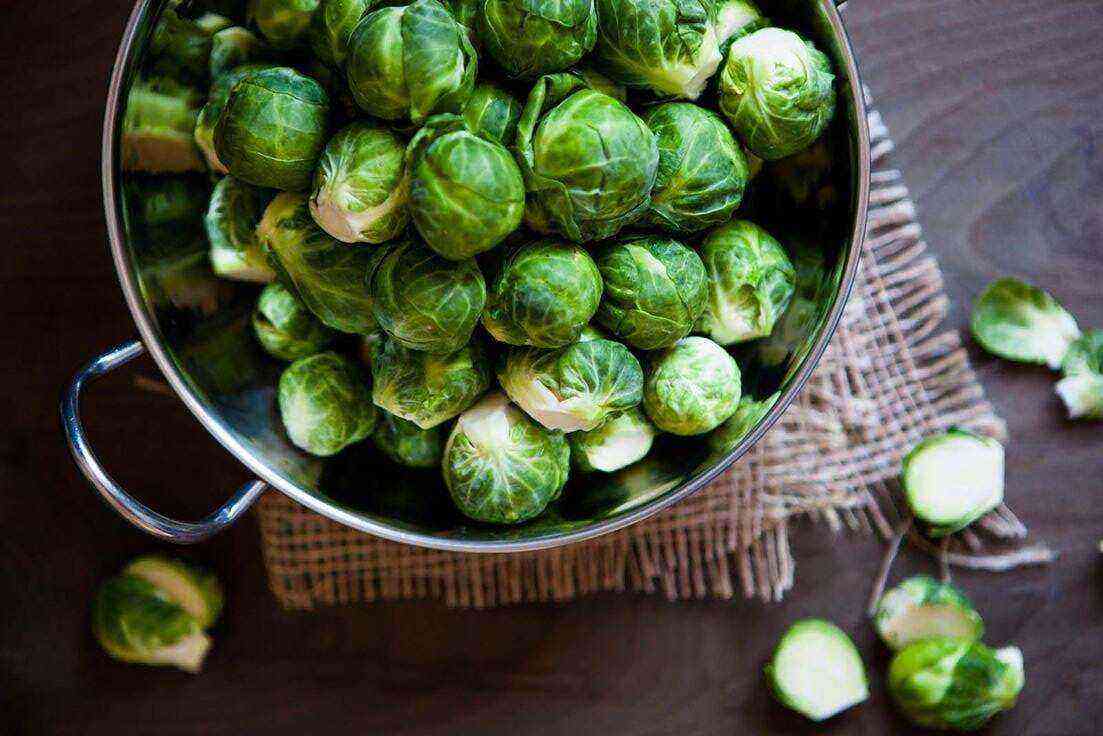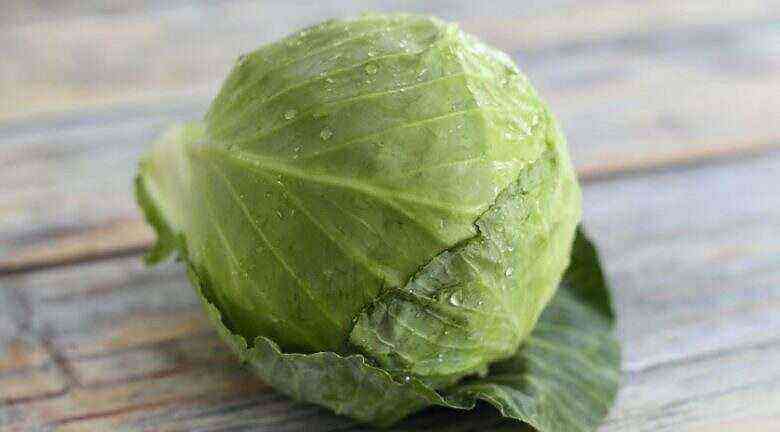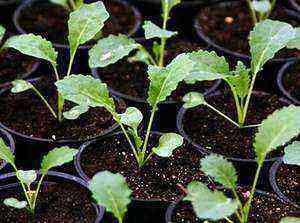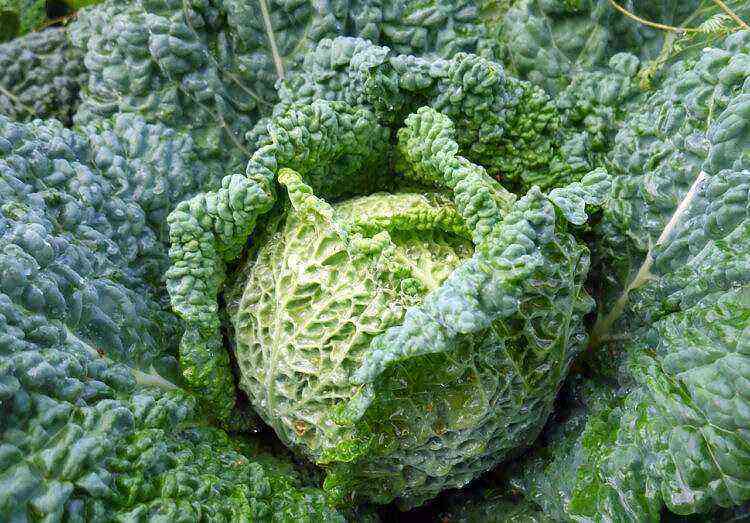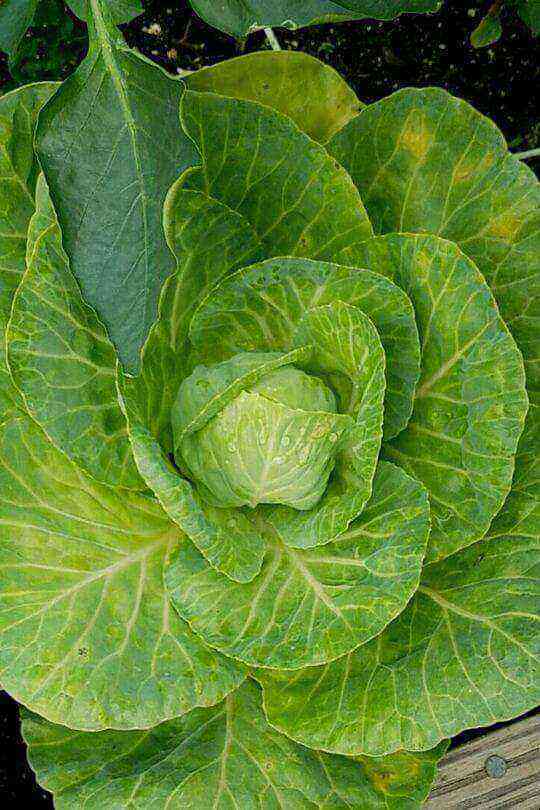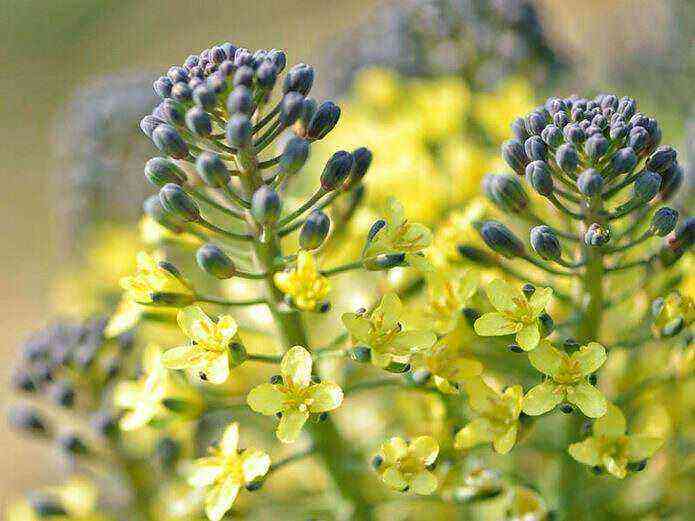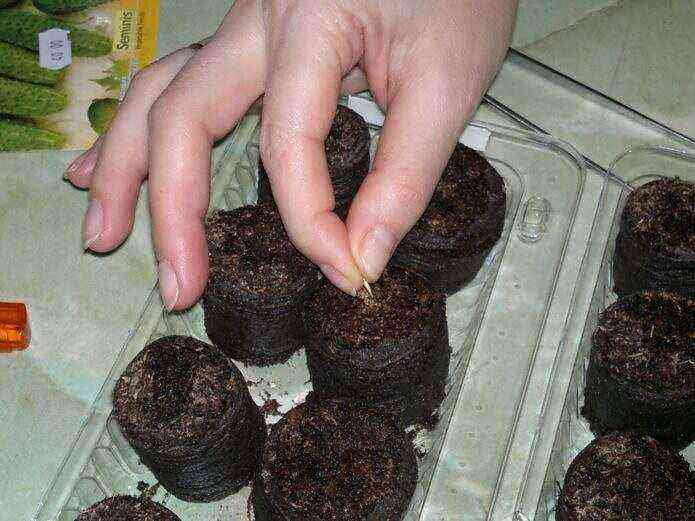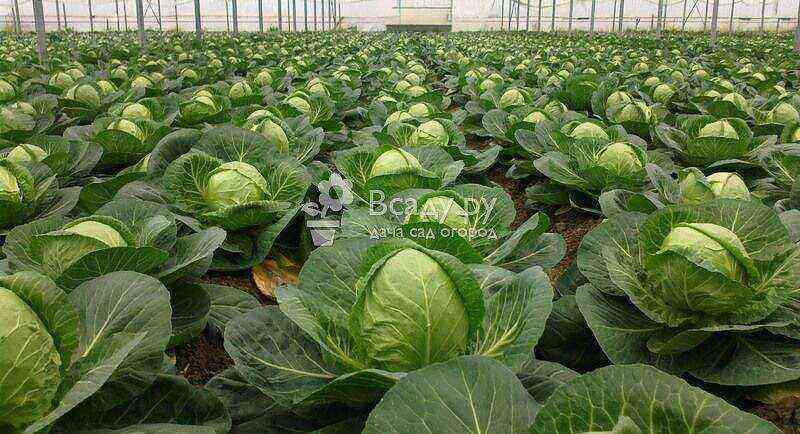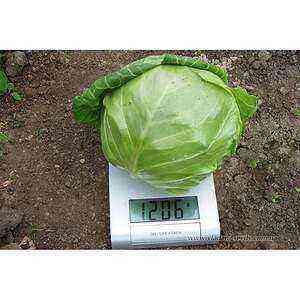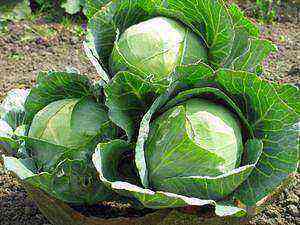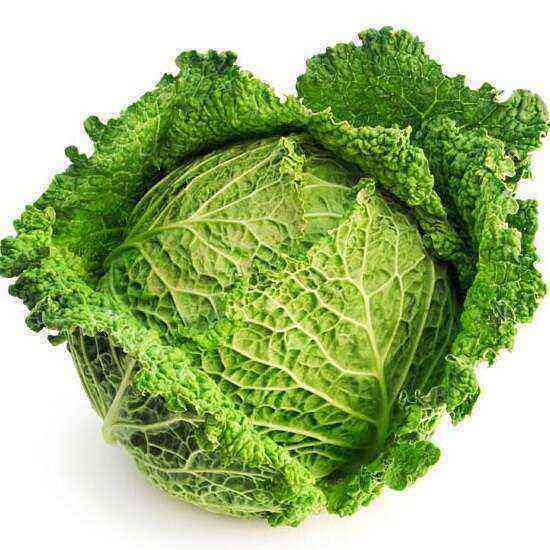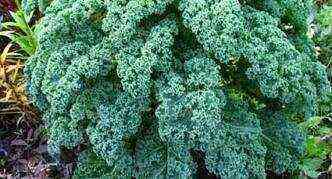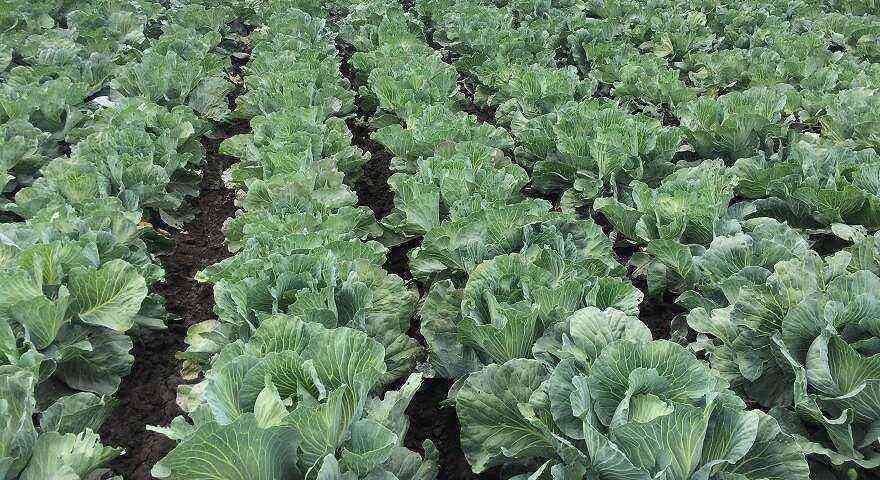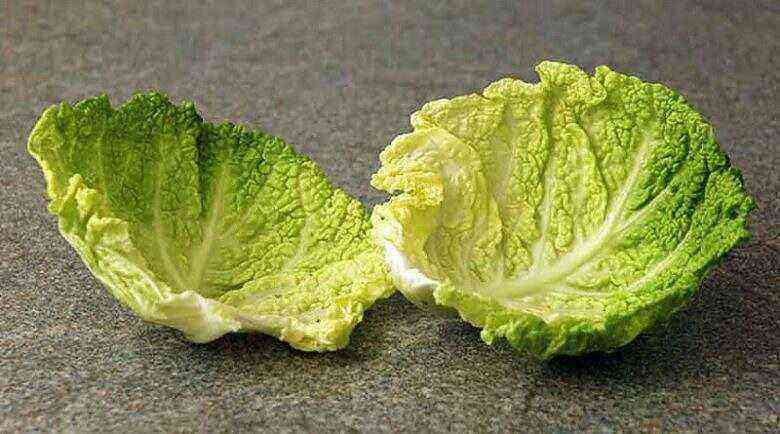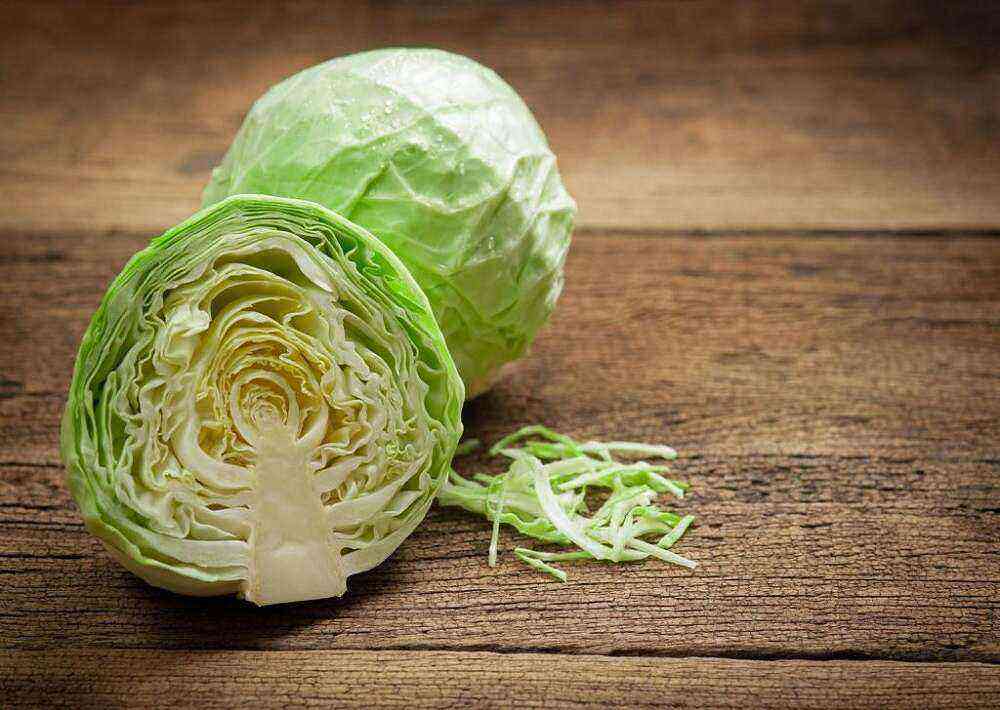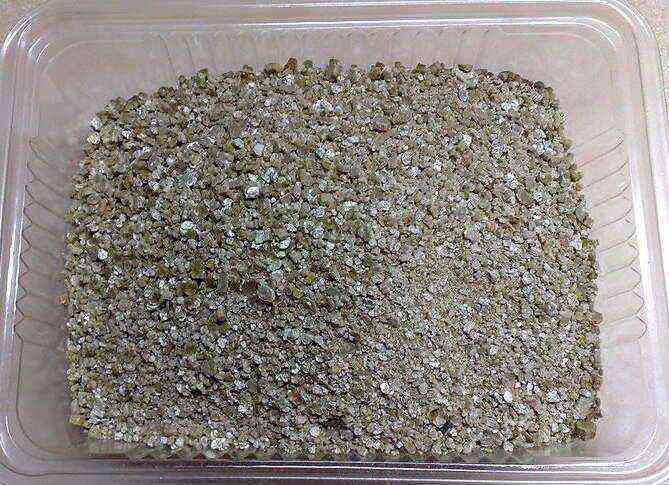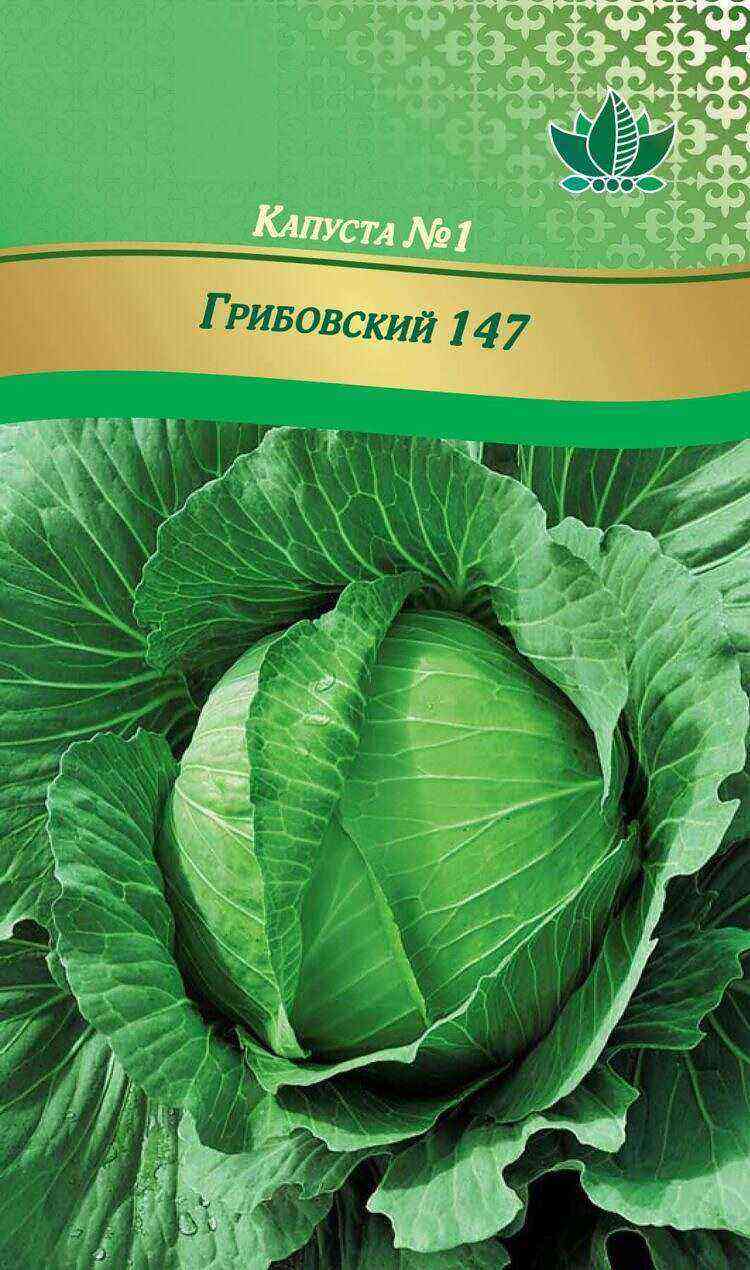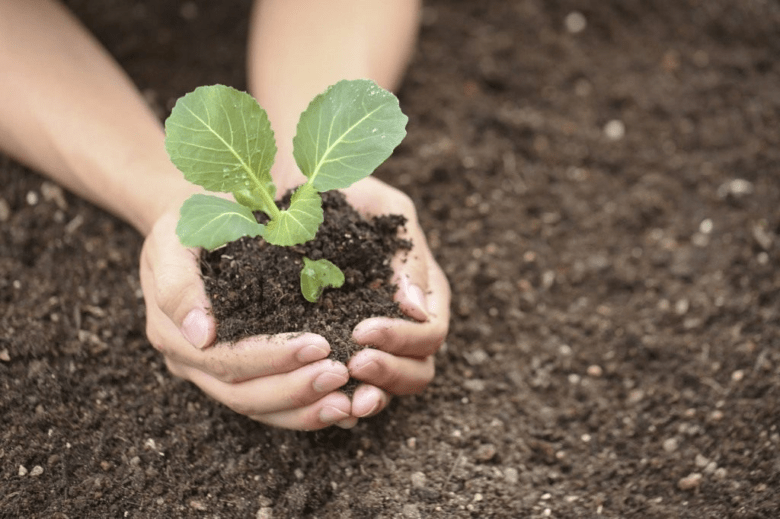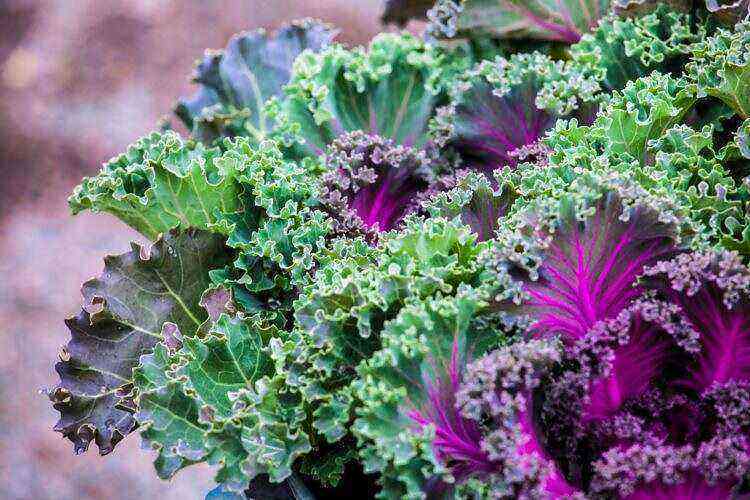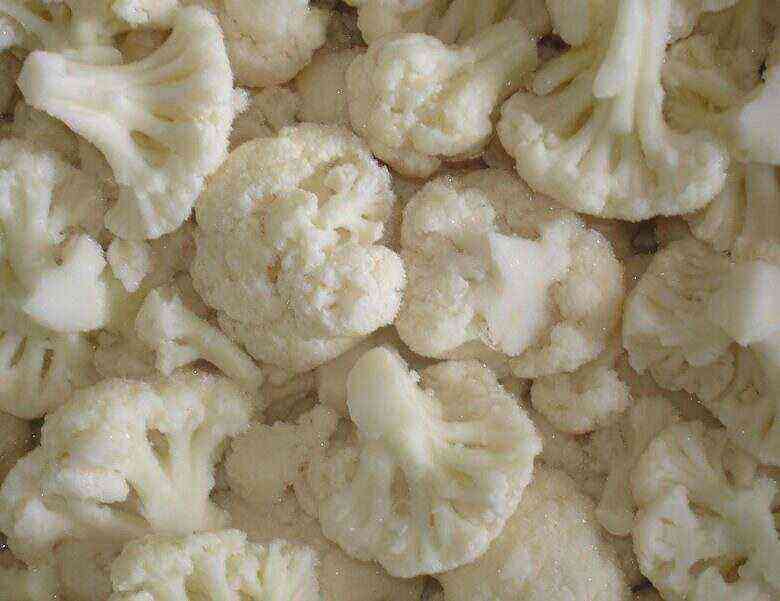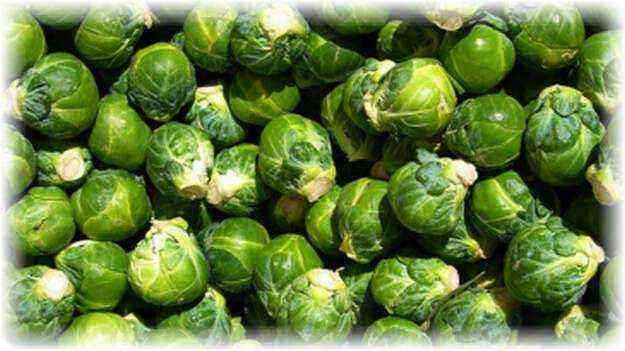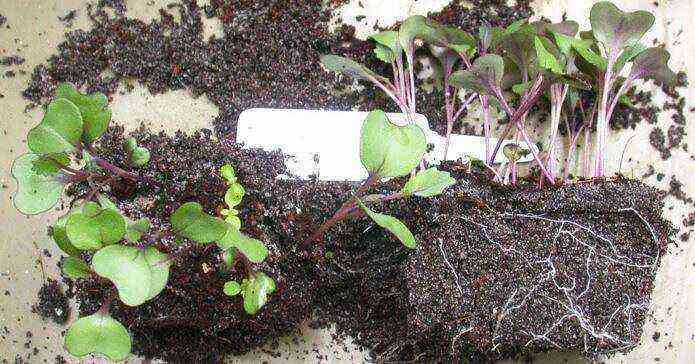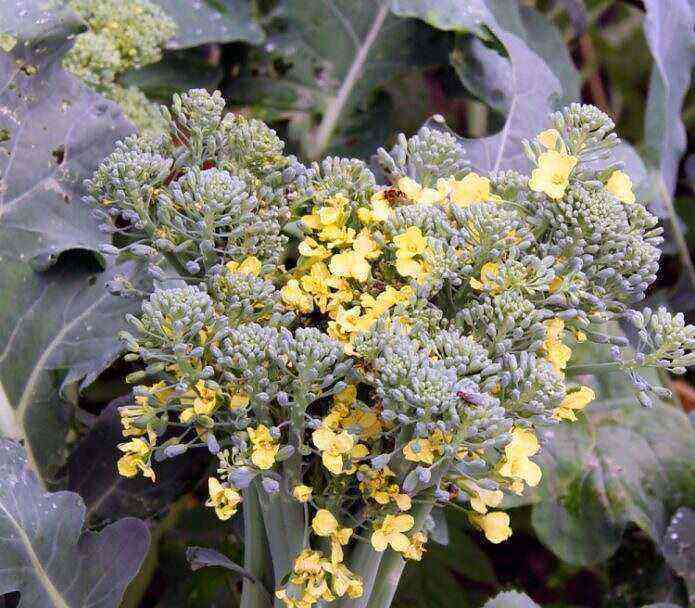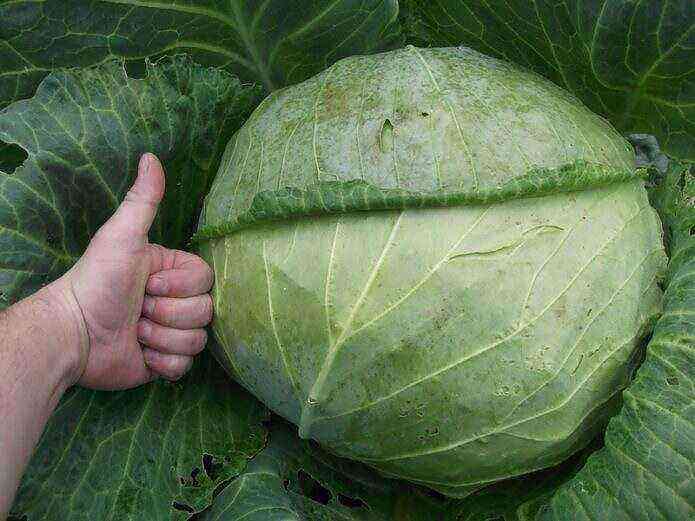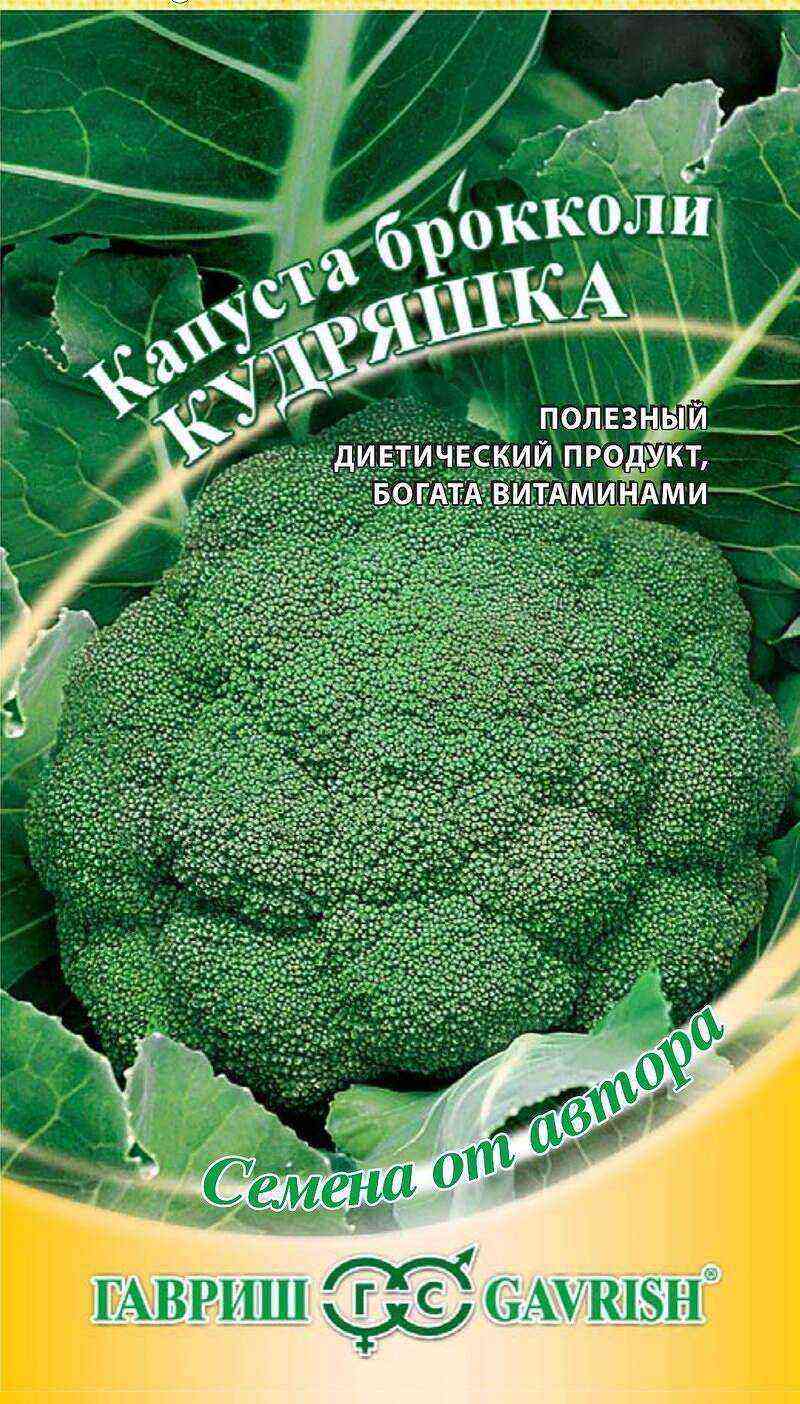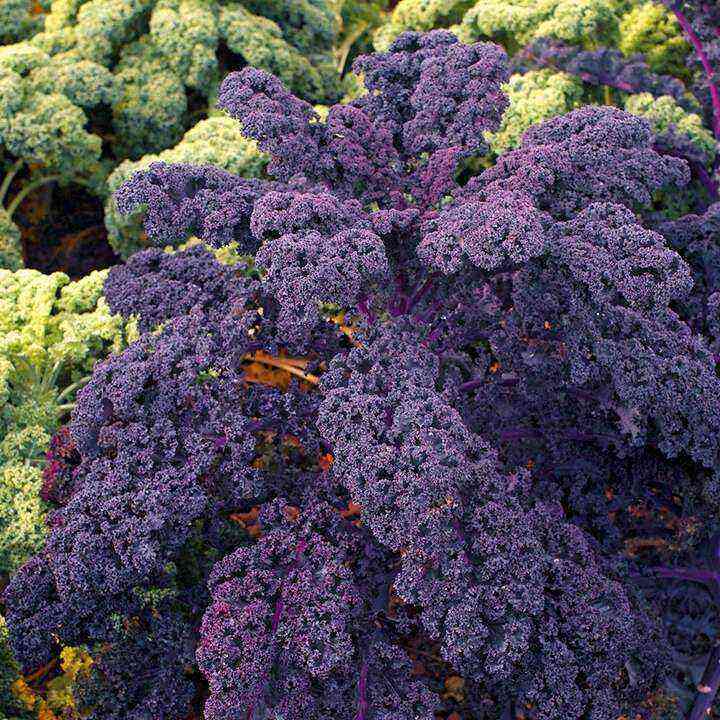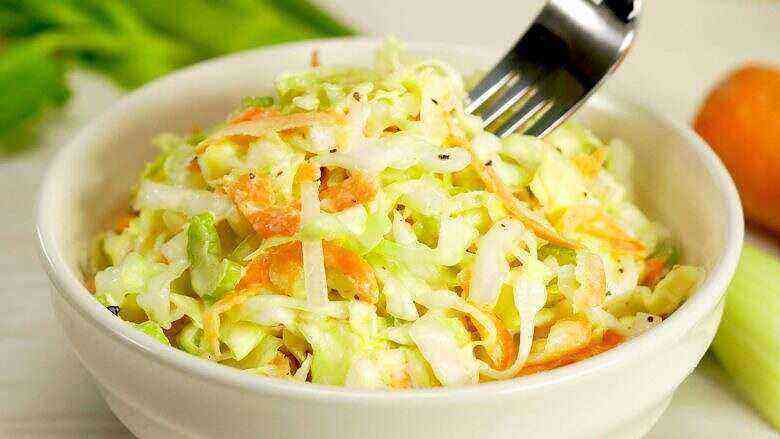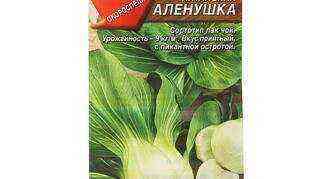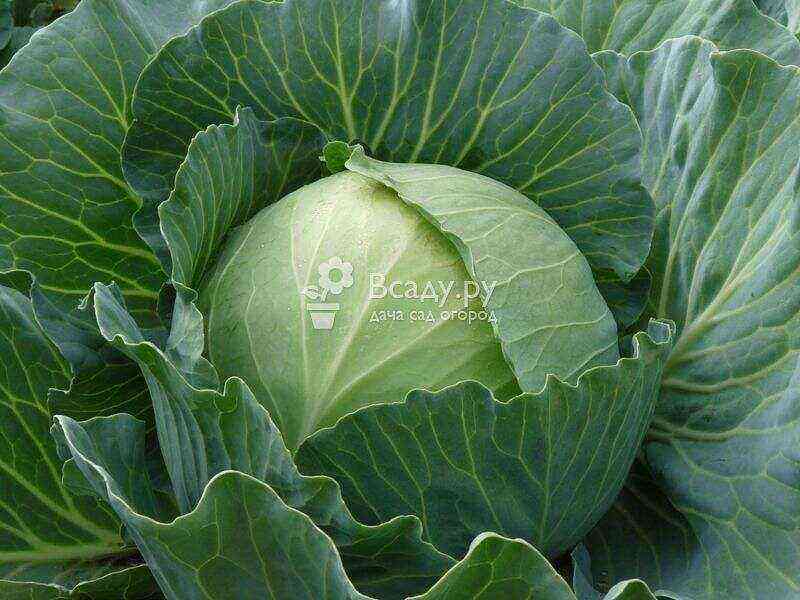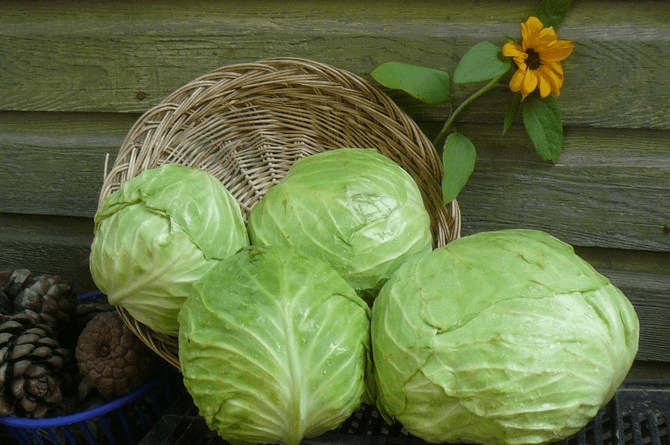The unique healing properties of cauliflower have been known since 6000 BC. er. In ancient Greece, cabbage was attributed with magical powers and was used during the treatment of various diseases and during ritual ceremonies. Over time, thanks to the Celts and Germans, it also appeared in Russia. This vegetable quickly gained popularity due to its availability and unique healing properties.
Types of cauliflower
Early grades
Early varieties include Movir-74, Early Gribovskaya-1355, Snezhinka, Moskovskaya Skorospelka, Fruernite, etc.
- Movir-74 and Rannyaya Grabovskaya need constant watering. Movir-74 is resistant to heat and frost.
- Fruernite has the largest heads weighing up to 6 kg.
- The very first harvest has the variety Snowball early, after 2 months.
- Snow Globe and Snowflake are early ripening varieties that ripen at the same time (3-4 months).
- The Garantia variety, as a rule, is grown in warm weather on open land, and in medium-sized areas in film greenhouses.
- Of the later varieties, the hybrid Amphora is suitable.
- Kneenam is a type of cabbage for the hot region. The harvest can be obtained in 80-100 days.
- Dachnitsa variety. This type of cabbage has a long term for the formation of the crop, which is quite convenient for personal use.
- Motano is suitable for connoisseurs of Dutch types of cabbage. Used for growing in shelters.
Medium varieties
Of the medium varieties, the most popular are such types of cauliflower: Domestic, Guarantee, White Beauty, White Ball, Latteman, Goodman, Moscow Cannery.
- The relatively young varieties Goodman and Latteman are better suited for home gardens in the northwest regions. The ripening time is about 100 days. The Latteman variety is valued for its resistance to bad weather conditions and various diseases.
- The white beauty is characterized by excellent delicate taste and excellent yields. The variety Domestic summer residents are distinguished for their resistance to temperature differences. The Moscow Canned variety is used for cultivation in closed and open land.
Late varieties
Varieties of this type require a long warm period. This cabbage is usually grown in the southern regions. The most popular varieties are Sochinskaya, Adler spring, Adler winter-679.
- Skywalker is a late-ripening hybrid specially bred for temperate climates.
- Anders varieties are suitable for growing in greenhouse conditions.
- Adler winter-679 was specially bred for the Krasnodar region.
How to get a good harvest of cauliflower?
Often summer residents complain that they cannot grow a good harvest of cauliflower: the fruits are small, the plant is elongated, there is a taste of bitterness and so on.
To prevent these troubles, you need:
- before purchasing, get acquainted with the peculiarities of the climate of the region and select zoned types of cauliflower for it;
- sow cauliflower of exclusively zoned species;
- planting in open ground only with high-quality seedlings;
- find out the requirements and biological characteristics of cauliflower, including soil type, activity and watering time, addition of fertilizers.
Requirements and rules for growing
Ground
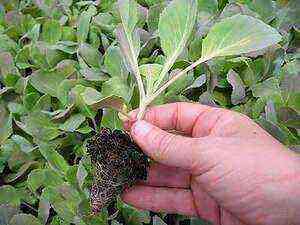
Thermal conditions
To grow a good harvest, you need to carry out irrigation and heat regimes. Cauliflower does not like prolonged cold snap, less than + 10C. The best, from the stage of germination to the formation of heads of cabbage, is considered temperature + 14… + 17C… If you make the temperature higher, then it will delay the development of the fruit.
Lighting
This culture loves light, especially in the initial period of growth in open land. In darkened areas, the plant stretches, the fruits are rough and loose, and are also subject to frequent diseases. Seeds form quickly under prolonged light.
Agrotechnics of cultivation
In order to have a high-quality harvest for a long time, they use the seedling method of cultivation, performing sowing in several time stages, and with rearing during the onset of unfavorable weather in the fall or late sowing on open land.
Sowing dates of seedlings
During seedling cauliflower cultivation, seeds are sown in greenhouses in early March, and seedlings are transplanted into open ground in May after the spring frosts have passed.
In cold greenhouse operating conditions, seeds sown on May 18-24 and transplanted to a permanent place in June.
During seedless cultivation on open ground under cover, sowing is performed at the end of April, and without cover, at the beginning of July.
The above planting dates are approximate. In any particular region, taking into account the climate, the sowing time may differ by 7-14 days.
Growing seedlings
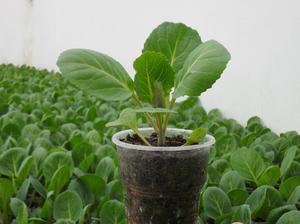
Sowing is done by a private with a distance between rows 14-21 cm, 5 mm deep. The seeds are sown at the bottom of the furrow and covered with sand. Water gently so as not to wash out the seeds. Before sprouts appear, a temperature of + 17 … + 21C is required. Seedlings appear in 5-6 days. At this time, the temperature is reduced to + 4 … + 5C. Lowering the temperature is very important. In the hot conditions of the greenhouse, in fact, as in the apartment, it will not be possible to grow seedlings. She needs a temperate climate. A week after adaptation to cold, the temperature is increased to + 14C. This temperature change will make it possible to form large, healthy heads.
A few weeks later, a dive is made. Seedlings need to be fed about 4 times during growing. Top dressing is done with mineral solutions in the aisles or under the root system.
The first feeding is done a couple of weeks after picking the cauliflower. Sometimes summer residents recommend feeding immediately after the pick. But this technique is possible when the seedlings are grown on weak soil with insufficient acidity. For feeding, dilute 60 gr. nitrophosphate for 12 liters. warm water… From the cauliflower, carefully wash off the remnants of the nutrient solution that has got on the leaves.
During the phase of appearance of several leaves, foliar bait is made with a solution of molybdenum and boron (1,1 g / 12 liters of water). This procedure will accelerate the development of seeds, as well as contribute to the formation of a high-quality inflorescence.
Subsequent groundbait is done with the onset of the 5-leaf stage. Nitrophoska is diluted in a ratio of 22 g / 12 l. water at room temperature and added to the root with further watering.
After 2 weeks, prepare a complex solution for the last groundbait. Dissolve 55-65 gr. nitrophosphate, 3 gr. vitriol, manganese and boric acid in 12 liters. water. The solution is thoroughly mixed and added to the root with further watering. The earth is kept moist all the time (overdrying, like over-watering, leads to cauliflower disease). Monthly seedlings are transplanted to a permanent place.
Soil Preparation
During preparation in the fall, 1 sq. add a bucket of compost or humus, peat manure is also used. Minerals are added: potassium (35 g) or superphosphate (55 g) and nitrophosphate (65 g) per 1 sq. Dig up the territory. In the springtime, they level and compact a little. Growing on compacted soil promotes the formation of large fruits.
The best predecessors are carrots, cucumbers, legumes, potatoes, onions. You should not plant cauliflower in a place where any varieties of cabbage, tomatoes, turnips and beets have grown for several years.
Sowing seeds
Seeds are sown in an ordinary way with a depth of 1 cm. When the first leaf is formed, the first thinning of the cauliflower in a row is made by 16-22 cm. At the stage of 6-7 leaves, a second thinning is made. The distance between the plants is also left at 16-22 cm.
Planting seedlings
Disembarkation is carried out in an ordinary way with a distance of 30×60 or 40×40 cm… A small amount of humus is added to the bottom of the trench, 6 grams. nitrophosphate and mix. The root of the vegetable is powdered with root and the seedlings are placed so as not to sprinkle the apical bud. Sprinkle with soil and water. After the trench is finally filled up, the soil is compacted and watered with approximately 1 liter. water every bush. Be sure to mulch to prevent the appearance of a crust on the ground.
Bait
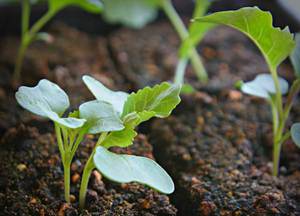
The next top dressing is done after 11-13 days with the composition of crystalline, kemmir or nitrophoska. 22-26 gr. substances are stirred in 12 liters. water. For 1 sq. m you need 6-7 liters. of this composition.
The last feeding is also made with nitrophos. Stir 35-45 gr. taking into account 7-9 liters per 1 sq.m.
After adding fertilizer, the cauliflower washed with running water… If there are open areas, then the soil is mulched, removing the crust.
Watering
In the first week of planting, you need to closely monitor the moisture level. Watering should be done twice a week. But there is one caveat! Watering should be sufficient, but not strong. In wet soil, there is a lack of oxygen, which disrupts the functioning of the root system. Over time, you can do it on rare watering at intervals of a week, but prevent dryness of the soil. After watering, the ground is hoed.
Protection against insects and diseases
Protection by chemicals is not allowed. When using mixtures and solutions of herbs, only non-poisonous plants should be used.
Cabbage is susceptible to diseases such as black leg, mucous bacteriosis, viral mosaic, altenariasis. It is good for fungal lesions protect biofungicides, but their effect appears with systematic treatments. Therefore, processing should be started in the spring and performed at intervals of 2 weeks until the harvest itself.
Of the malicious pests, snails and slugs can be distinguished. Moths, caterpillars, aphids and cabbage flies cause minor damage. With periodic addition, such bioinsecticides have excellent protection: bucol, bitoxybacillin, verticillin and boverin. Against slugs and snails, cauliflower is dusted with ash. The ash is poured into a bandage and, shaking, is applied to the cabbage.
Collecting and storing cauliflower
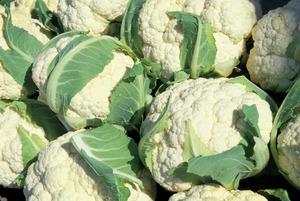
Cut heads are stored for up to 1,5 months. Cabbage, which is intended for storage, does not have its leaves plucked. The best storage temperature is 0 … + 2C with humidity not less than 91-94%.
You can make a wide variety of dishes from cauliflower. Cabbage is stewed, boiled, rolled up in bottles, there are many videos and photos of recipes. Cauliflower dishes are very healthy and tasty. Therefore, if you have not yet had this vegetable at your summer cottage, then it is imperative to grow it and please yourself and your family with this delicacy.
DIY-grown cauliflower
